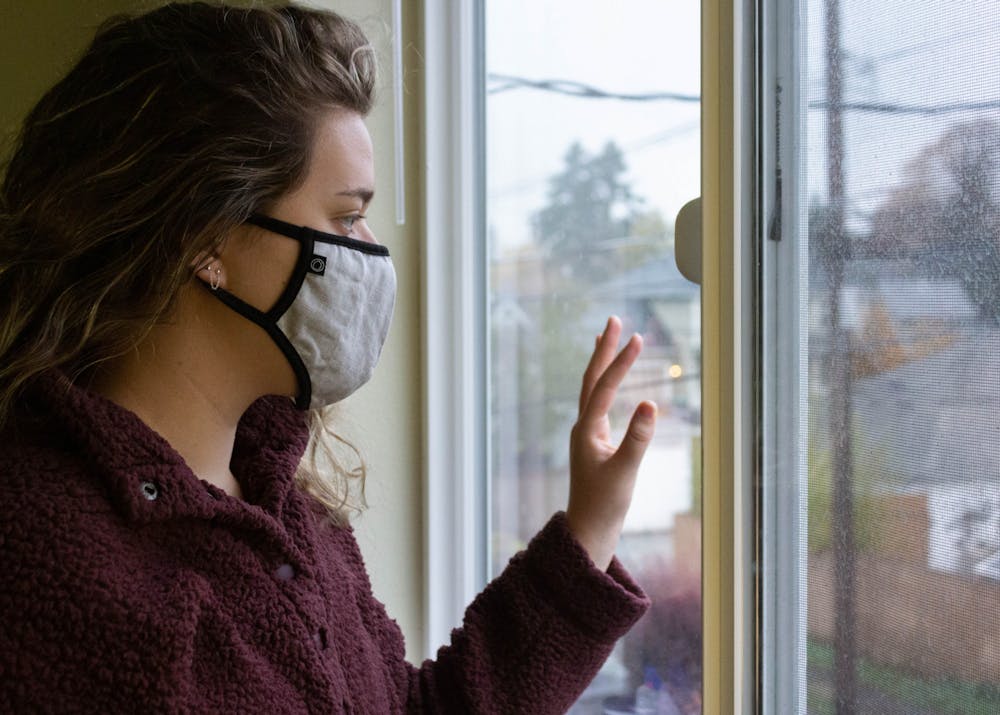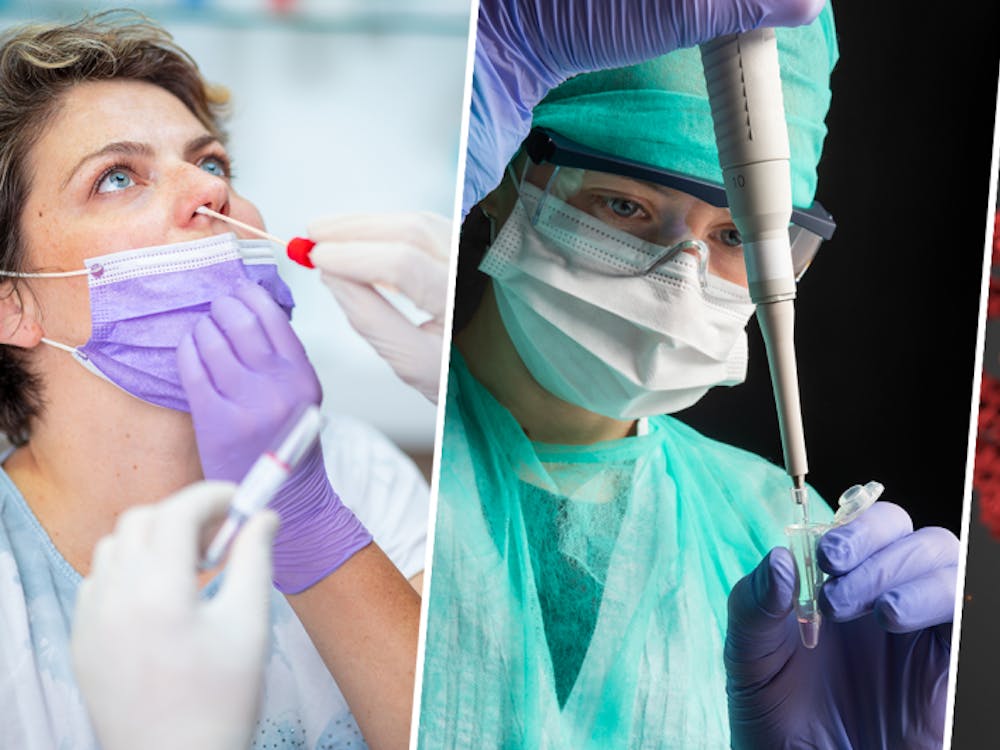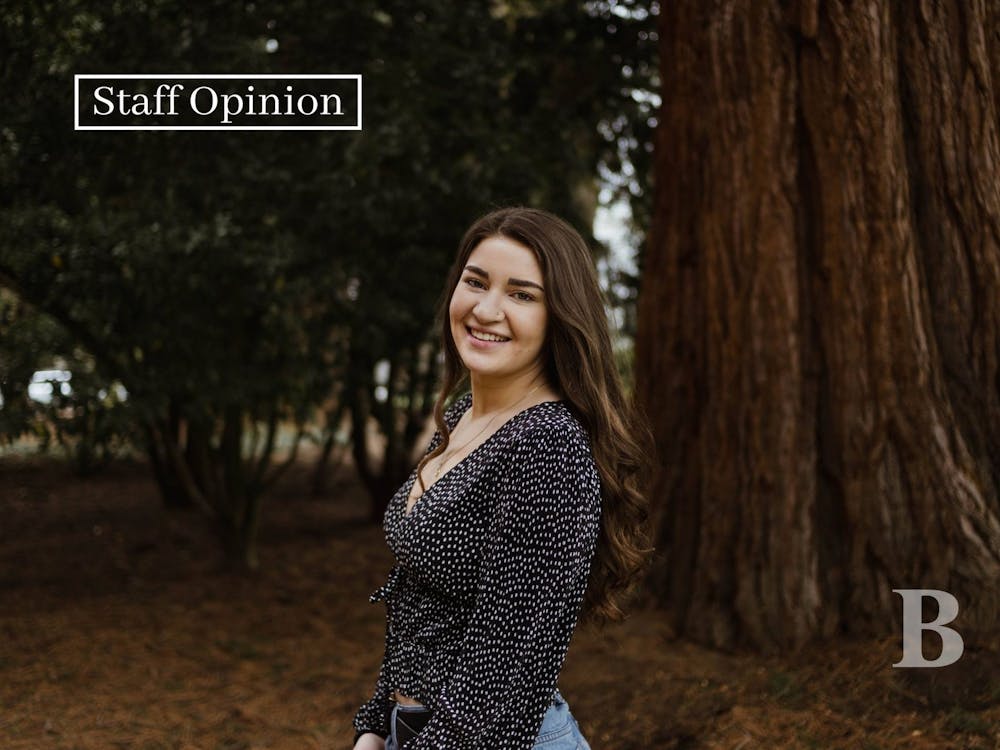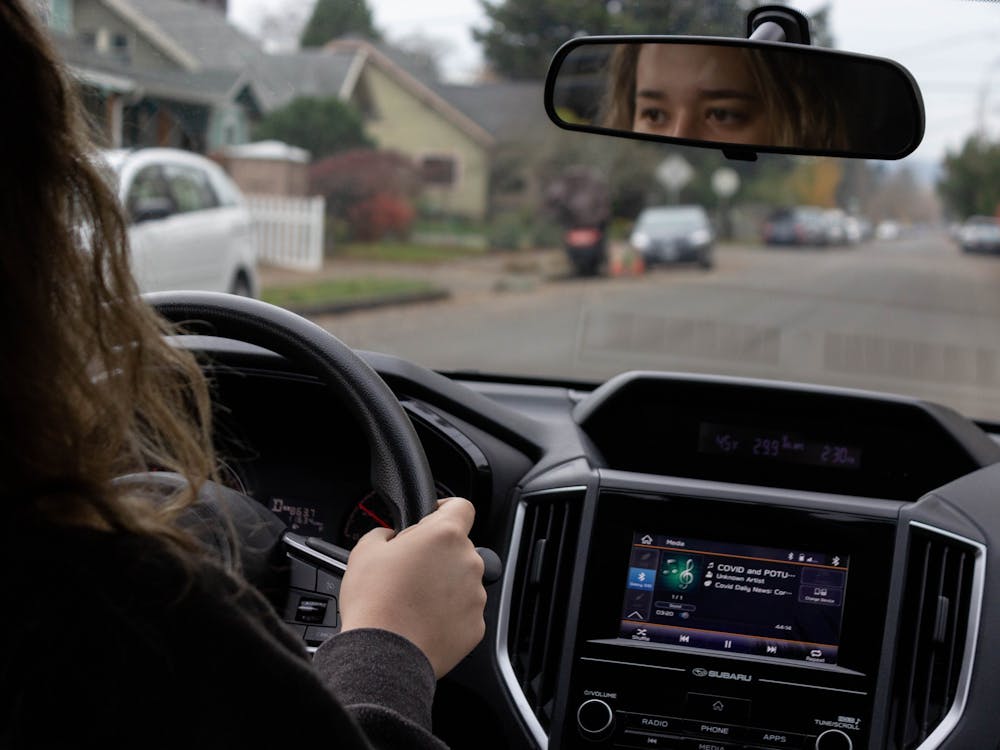As the weather turns colder and the pandemic fatigue grows stronger, there are increasing concerns that people are heading inside to gather with family and friends and leaving their masks behind, despite the heightened risk of infection. This comes as Oregon and other states across the country careen towards record-breaking numbers of new daily cases. On Sunday, the United States officially reached 10 million cases since the start of the pandemic.
As of Nov. 7, Oregon reported a new record 988 cases, with Multnomah County reporting 240 of those. This is the first time the state has reached this threshold. In recent weeks, at least 3 UP students have tested positive for COVID-19 — one living on campus and two off. Students living off campus are not required to notify the school if they do test positive.
“I think people are just so tired of wearing masks and social distancing that they will start cutting corners and taking unnecessary risks,” Associate Professor of Biology Susan Murray said.
Transitioning weather is pushing people inside, shining a light on the heightened dangers of indoor transmission. This is after months of the CDC and other organizations saying that if you plan to socialize, do it outdoors.
“Indoor settings are more dangerous than outdoors,” Murray said. “Aerosols are tiny enough that they can remain suspended in a room for several hours; whereas, outdoors, they get carried away in the wind.”
New CDC reports have shown that without proper ventilation, transmission rates are indeed higher indoors. These rates increase exponentially when people don’t wear masks or maintain social distance. Unfortunately, this also means that indoor dining, even with tables spread apart and masks on away from the table, is much more dangerous than outdoor dining or getting food to go.
“Even if you stay 6 feet away from other people, it’s still important to wear a mask when you are indoors,” Murray said. “Wearing a mask prevents you from spreading virus to others near you, and, to a lesser extent, it also protects you from the virus.”
Pandemic fatigue, the collective exhaustion with the coronavirus restrictions, is now a large factor in the willingness of people to follow appropriate COVID-19 guidelines. A tired population tends to let its guard down, leading to more infections and restrictions, and triggering a never-ending cycle of compounding fatigue.
“I totally get being sick of the restrictions,” junior nursing major Abby Meyer said. “It has been so many months of seeing all the same people and spending so much time in my house.”
However, she recognizes that this is no time to relax on social distancing and mask wearing efforts.
“You never know when you could be asymptomatic and end up infecting people,” Meyer said.
There is growing concern that the virus will get worse before it gets better. In particular, we may see the number of cases continue to skyrocket unless people commit to following guidelines, or until there is a widespread vaccine. This time of year, it is normal for people to contract and sometimes be hospitalized with the flu and other viruses, but now more than ever, this flu season could quickly overwhelm the medical system.
“I understand being tired of it, but it’s selfish,” said Ashley Cole, another junior nursing major. “People are still dying.”
Even if a vaccine is approved by this coming December, it could be months before it reaches healthy young people. It would first need to be disseminated to front line workers and those in high risk categories; some estimates have said that it could take until 2022, or the summer of 2021 at the earliest, before the vaccine reaches college students. Even then, there is no guarantee of how effective it will be.
“I think there is a misperception that as soon as the FDA approves a vaccine, everybody will be able to go to their doctor and get it the next day,” Murray said. “Many people, especially those in high risk categories, should probably continue wearing masks and practicing social distancing, even after they’ve been vaccinated.”
Until a vaccine is widely available to the public, it's imperative that the public continues to follow pandemic safety protocols to protect ourselves and those around us. Murray spoke to this, giving the example of her own 81 year old father, whom she recently spoke to as he sat down for a meal at a bar.
“When I asked him why he didn’t get his food to-go, he said ‘It’s just too depressing to keep eating alone in a hotel room,’” Murray said.
Yet, the only way to make it so we can all sit down for a meal together again someday soon, would be to take the meal to go, and to recommit to following all recommended COVID-19 guidelines.
Mia Werner is a reporter for The Beacon. She can be reached at wernermi22@up.edu.








